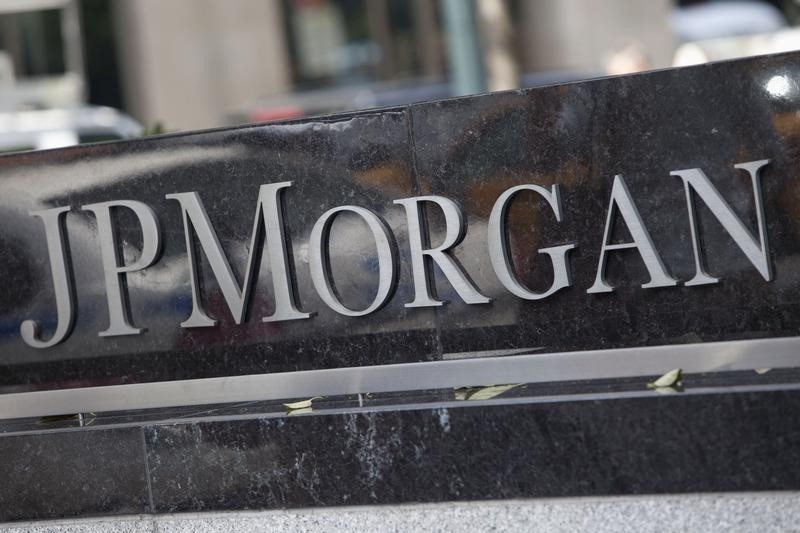Quiver Quantitative - In an era where the digital realm seems to eclipse traditional banking methods, JPMorgan (NYSE:JPM) stands as a beacon of innovation, charting a course that marries the digital with the tangible. As hundreds of bank branches shutter each year, a trend accelerated by the growing preference for mobile banking, JPMorgan is making a bold statement about the enduring value of the physical bank branch. The nation’s largest bank is not only preserving its vast network of brick-and-mortar locations but is ambitiously expanding it. This strategy, somewhat contrarian in the current banking landscape, is not a mere nod to nostalgia but a calculated move underscoring the multifaceted role branches play in today’s financial ecosystem.
JPMorgan’s plans to construct 500 new branches over the next three years in burgeoning markets like Boston, Philadelphia, and Charlotte, highlight a significant commitment to a model that blends traditional customer service with the efficiencies of modern finance. This expansion is a continuation of a growth strategy initiated in 2018, which at the time, might have seemed counterintuitive. Yet, the bank’s steadfast investment in its physical presence has borne fruit, significantly increased its deposit base and enhanced its market reach.
Market Overview: -JPMorgan Chase's strategic expansion contrasts sharply with the industry trend of branch closures, signaling a belief in the value of a hybrid banking model that integrates digital convenience with in-person service. -The bank's aggressive growth plan includes penetrating new markets and solidifying its presence in the 48 contiguous U.S. states, a feat unmatched by any other bank. -With more than $2 trillion in deposits and a clear goal to capture a more significant share of the national deposit market, JPMorgan's branch strategy is a key component of its broader market dominance aspirations.
Key Points: -The rationale behind JPMorgan’s expansion transcends the mere accumulation of physical assets; it is about creating venues for complex financial services and personal advice that digital platforms alone cannot fully accommodate. -The bank's approach to new branches reflects a deep understanding of changing customer behaviors and preferences, emphasizing financial advisory services, loan consultations, and community engagement over traditional teller transactions. -JPMorgan and its competitors, such as Bank of America (NYSE:BAC), are redefining the purpose and potential of the bank branch, adapting to technological advancements while leveraging the unique advantages that physical locations offer.
Looking Ahead: -The success of JPMorgan's branch expansion will likely influence the banking industry's future direction, possibly inspiring a reevaluation of the role and value of physical bank branches in a predominantly digital age. -As JPMorgan continues to innovate within its branch network, integrating technology and personalized service, it sets a benchmark for how banks can grow and adapt to meet the evolving needs of their customers. -The expansion strategy underscores a broader industry trend towards omnichannel banking, where success is measured not just by digital engagement but by creating a seamless, integrated customer experience across all platforms.
JPMorgan's strategic bet on expanding its branch network is a testament to the bank’s vision of a balanced, customer-centric approach to banking. By doubling down on branches, JPMorgan is not only reinforcing its commitment to providing accessible, comprehensive financial services but is also making a clear statement about the intrinsic value of the human touch in the digital age. As the bank forges ahead with its expansion, it redefines what modern banking looks like, blending the efficiency of technology with the personalization and community focus that only physical branches can offer.
This article was originally published on Quiver Quantitative
